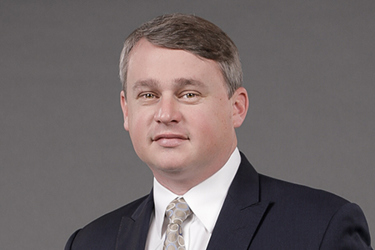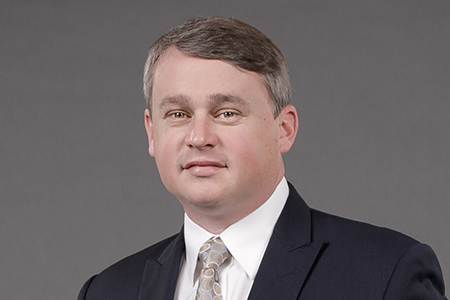From Summer Stroll To Summer Hustle
By Ben Comer, Chief Editor, Life Science Leader

 As a news reporter covering the biopharmaceutical industry in the early aughts, for me the summer months could present a different kind of challenge. Instead of the fast flow of news stories we worked to cover throughout most of the year, the summertime occasionally found our editorial team stretching to find interesting company or regulatory developments — and people available to speak about them — as June turned into July and August. My then-editor called it the “silly season,” in reference to the kinds of news angles and articles we scraped together to fill magazine pages.
As a news reporter covering the biopharmaceutical industry in the early aughts, for me the summer months could present a different kind of challenge. Instead of the fast flow of news stories we worked to cover throughout most of the year, the summertime occasionally found our editorial team stretching to find interesting company or regulatory developments — and people available to speak about them — as June turned into July and August. My then-editor called it the “silly season,” in reference to the kinds of news angles and articles we scraped together to fill magazine pages.
Those slow summer days are long gone, and have been for years, as the biopharma industry continues to expand its global footprint and produce new medicines. Net drug revenue in the U.S. alone — based on estimated net manufacturer prices — grew to $407 billion in 2021, up from $254 billion 10 years earlier, according to IQVIA. In Europe, total pharmaceutical market value (at ex-factory prices) grew from €154 billion in 2010 to €240 billion in 2020, according to data from EFPIA. Despite the restrained (for now) public markets, that industry growth, and the full-steam-ahead summers it demands, will continue, as new treatments for rare and chronic diseases enter the market and new scientific concepts enter clinical testing for the first time.
The hustle is evident in the Alzheimer’s disease category, as scientists, investors, and CEOs push new candidates, research, and technology forward in what is surely one of the most difficult and riskiest areas of drug development. In an article covering three distinctive approaches to new drug discovery in neurological disorders, interview subjects were uniformly optimistic about the potential for uncovering new biomarkers in the brain, new diagnostics to identify them, and new treatments for targets beyond amyloid beta and tau, in the case of Alzheimer’s disease. The three approaches described in the article include a drug discovery shop carved out at Eisai to leverage the company’s global ongoing neurology trials as an additional discovery tool; a foundation providing investment dollars to cutting-edge early-stage discovery and diagnostic efforts; and a precision psychiatry company that built a biomarker platform using electroencephalography (EEG) and AI to match an individual patient’s brain to a therapy.
Our cover story this month focuses on Rami Elghandour, chairman and CEO at Arcellx, a company developing “controllable” CAR-T therapies. Elghandour is known as a keen operator, capable of scaling companies quickly and taking them public. As one of the few CEOs to take a biopharma public in the first quarter of this year, Elghandour offers useful tips to other CEOs currently sitting on the sidelines but planning for an IPO when conditions improve.
Elghandour is perhaps better known, at least by employees at his companies, for his contributions to corporate culture. One of Life Science Leader’s board members recommended Elghandour as a profile subject after applying for but ultimately not being offered a job at Arcellx. That board member went on to join a different company, but happily introduced us to Elghandour based on the impression made during the interview process and by the culture that Elghandour has created.
Summer conferences are back in person this year; I look forward to reconnecting with old friends and contacts and meeting new ones at BIO. If you’re going to BIO and would like to connect, email me at ben.comer@lifescienceleader.com. See you there.
